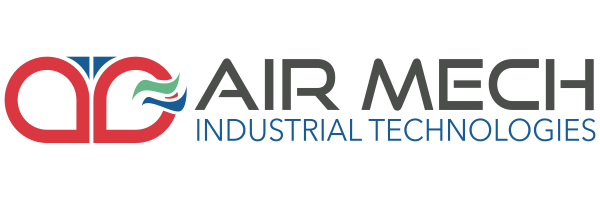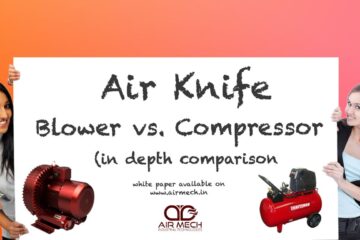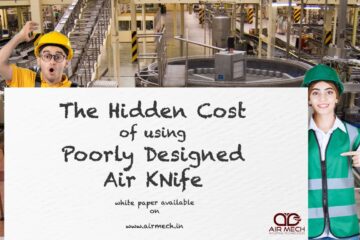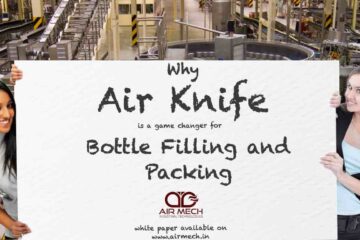In the bustling assembly line of an automotive manufacturing plant, precision and efficiency are paramount. As freshly machined components move along the conveyor, any residual moisture or debris can lead to defects, costly rework, or even machinery damage. To combat these challenges, many manufacturers have turned to high-performance air knives—devices that deliver a uniform sheet of high-velocity air—to enhance their production processes.
Common Issues in Automotive Manufacturing
Residual Moisture on Parts
- Cause: After processes like washing or machining, components often retain water or coolant.
- Symptoms: Water spots, corrosion, or compromised adhesion in subsequent painting or coating stages.
- Solution: Implement air knife systems to effectively dry parts, ensuring surfaces are clean and dry for the next production step.
Debris and Particulate Contamination
- Cause: Operations such as drilling or grinding generate metal shavings and dust.
- Symptoms: Surface imperfections, equipment wear, or contamination in sensitive assemblies.
- Solution: Utilize air knives to blow off debris, maintaining product quality and prolonging machinery lifespan.
Step-by-Step Solutions
Assess Production Line Needs
- Action: Conduct a thorough evaluation to identify stages where moisture or debris poses a problem.
- Outcome: Pinpoint critical points for air knife integration.
Select Appropriate Air Knife Systems
- Action: Choose between blower-assisted or compressed air-assisted systems based on specific requirements.
- Outcome: Ensure optimal performance tailored to the production environment.
Integrate into Existing Processes
- Action: Install air knives at strategic locations, such as post-wash stations or pre-paint areas.
- Outcome: Achieve consistent drying and cleaning, enhancing overall efficiency.
Maintenance Best Practices
- Regular Inspection: Schedule routine checks to detect wear or blockages.
- Cleaning Protocols: Keep air knife nozzles free from obstructions to maintain airflow efficiency.
- System Calibration: Adjust air pressure and flow settings periodically to match operational needs.
Safety Considerations
- Noise Management: Implement noise-reducing measures, as high-velocity air systems can generate significant sound levels.
- Secure Mounting: Ensure air knives are firmly installed to prevent movement or detachment during operation.
- Operator Training: Educate staff on safe handling and potential hazards associated with high-pressure air equipment.
Expert Tips and Advice
- Energy Efficiency: Opt for air knife systems designed to minimize energy consumption, reducing operational costs.
- Customization: Tailor air knife configurations to specific part geometries for uniform drying and cleaning.
- Integration with Sensors: Incorporate sensors to activate air knives only when parts are present, enhancing efficiency.
Recommended Tools and Resources
- Air Knife Selection Guide: Provides insights into choosing the right system for specific applications.
- Maintenance Checklists: Ensure longevity and optimal performance of air knife systems.
- Safety Manuals: Offer guidelines on safe operation and handling of air knife equipment.
Follow-up and Monitoring
- Performance Audits: Regularly assess the effectiveness of air knife systems in meeting production goals.
- Feedback Loops: Encourage operator input to identify potential areas for improvement.
- Continuous Improvement: Stay updated with technological advancements to upgrade systems as needed.
At Air Mech Industrial Technologies, we specialize in providing high-performance air knife solutions that enhance efficiency and ensure cleaner working environments across industries. Our expertise helps automotive manufacturers tackle challenges related to moisture and debris, leading to improved product quality and operational excellence.
Incorporating air knives into automotive manufacturing processes addresses common issues of moisture and debris, leading to enhanced product quality and operational efficiency. By selecting the right system and adhering to best practices, manufacturers can achieve significant improvements. Is your production line equipped to harness the benefits of high-performance air knives?





